Accessibility will have a new face at the Olympic and Paralympic Village in Greater Paris.

Adopting a Design Approach to Put People at the Heart of New Mobility Services – Interview with Marie-Charlotte Moret

Adopting a Design Approach to Put People at the Heart of New Mobility Services – Interview with Marie-Charlotte Moret
Marie-Charlotte Moret is a service designer. “Designer ah?! She creates beautiful objects then!”. No, not only. Her job is to analyze actual practices to bring out new solutions that improve everyday life, with services that are useful, usable and “desirable” (beautiful), essential conditions for their development and sustainability. This is why this approach is central to create new mobilities in the urban environment of the 21st century. Explanation!
Putting people back at the heart of urban mobility is a growing concern for city designers and local public transport authorities. Can you explain how service design meets this challenge?
The designer’s approach is indeed centered on humans. The methodology we apply is the analysis of what already exists, the audit of the environment, the behavior of the users and the constraints encountered. It is only after each step is complete that we start the creation process in order to answer the problems previously observed by choosing the product that best suits the needs. The next step is to check how the solution is used and what are its potential misuses.
I also apply the methodology of design thinking, which includes the users from the beginning of the reflection. Contrary to common assumptions, it is not just about filling a wall with post-it. The method involves observations in the field, interviews, explanations… We begin by empathizing with the user. What are his needs that are not covered? What are its constraints? Why would he use one solution over another? This approach is very useful for creating products as well as services.
You have worked on solutions to improve the mobility of people with disabilities. What have you learnt from this experience?
At University, I wrote an essay on: “How to improve the lives of elderly people in retirement homes”. When I arrived at Okeenea Digital in 2018, I discovered new users: people with disabilities in their urban mobility. However, the methodology remains the same. Putting the user in the center should be the start of any new project. Understand the needs, the problems, the daily life… to improve the overall experience.
Last year, we responded to SNCF’s Open Beacon tender (the French National Railway Company) by offering a mobility assistant at train stations. I then undertook observation sessions in the field, met users with all types of mobility problems. Currently, there is a human assistance service available for all travelers with disabilities or reduced mobility called Access Plus service. But this service is completely saturated and is very expensive for the SNCF. On the other hand, it is quite restrictive for users who must anticipate their trip at least 48 hours in advance and arrive well before the departure of their train. The organization is very rigid and does not allow a partial support on a single part of the trip, for example for a person who knows by heart his station of departure but only needs help for his correspondence or upon arrival.
We then imagined an mobile application combining wayfinding technologies and human help in case of temporary difficulties. Working on a project such as this one of course involves understanding the needs of the end users, but more generally of all stakeholders including station staff. During this project, I also exchanged a lot with reception agents, security agents and staff of the Access Plus service.
In short, to be a good designer, you have to think wide, not stay in a bubble. You must consider the experience as a whole. If you design a guiding solution, you must think about how the user will prepare his itinerary from home, the actual wayfinding solution, but also what happens after.
By working alongside with people with disabilities, did you discover difficulties, obstacles that you did not suspect?
When I led interviews and observations for the development of this wayfinding application in the metro of Marseille in France, I suddenly realized the diversity of uses among visually impaired people. Depending on how old was the person when the disability occurred, the mobility aid used (white cane, guide dog or nothing), residual visual abilities, the mastery of technological tools…, mobility approaches are very different.
But the accessibility of the environment is definitely decisive! I was recently very shocked watching a documentary of the journey of a person in a wheelchair. An elevator failure is enough for a 20-minute trip in theory to actually last more than an hour and a half. If the person is not aware of the failure, he must go back to the subway to continue his journey and turn around at another station. But in the absence of information on accessible stations, he must sometimes test them all before finding the right one. Hell! All these efforts to, sometimes, not even reach his destination.
Another example that also concerns mobility is free-floating scooters. When I see the number of abandoned scooters in the middle of the sidewalks and pedestrian crossings, I can not help but think of the visually impaired or wheelchair users. In this case, we see that the use has not been thought through. We thought about the need for quick mobility over short distances, the ergonomics of the application to unlock the system, in short, only the needs of end users. But at no time, we thought about the consequences of the commissioning of these vehicles on other users of the public space.
We clearly see that players are at the heart of the mobility and urban development policy. Do you have any advice for the stakeholders to achieve this?
Public authorities are in charge of the mobility and urban development policy. From what I know, although I may be wrong, there is no designer position in these instances. However it is up to decision-makers to choose the service providers who will execute the work or design solutions for the mobility of their citizens. They have every interest in favoring companies that have this approach, who practice innovation through the understanding of the needs. Even though it may cost a little more, the savings made afterwards and the service rendered really worth it. There is a tendency to focus too much on the possibilities of new technologies. But technology is useless if it does not answer a real need. And of course, innovation must fit into the economical context to have a chance to grow and live on. Usage, technology and economy thus form an inseparable triptych.
media

When I see the number of abandoned scooters in the middle of the sidewalks (…) I can not help but think of the visually impaired or wheelchair users. In this case, we see that the use has not been thought through. We thought (…) only about the needs of end users. But at no time, we thought about the consequences of the commissioning of these vehicles on other users of the public space.
writer

Lise Wagner
Accessibility Expert
stay updated
Get the latest news about accessibility and the Smart City.
other articles for you

Open Data Is Key to Fostering Universal Accessibility
Open data represents an opportunity for cities to reach universal accessibility. It shows the missing links of the mobility chain.
Our Audio Beacons Guide the Blind and Visually Impaired at the Helsinki Subway
The Helsinky subway improved their audio signage system by installing on demand and remotely activated audio beacons.
7 Good Reasons to Install Audio Beacons at Your Public Transport Network
Audio beacons are an efficient way to provide more autonomy to blind and visually impaired people. They can easily use public transport.

Will Remote Activation Become the Norm for Accessible Pedestrian Signals?
More and more cities like New York have been exploring remote activation to trigger accessible pedestrian signals.
share our article!
more articles

Disability Statistics in the US: Looking Beyond Figures for an Accessible and Inclusive Society
Disability Statistics in the US: Looking Beyond Figures for an Accessible and Inclusive Society Around 61 million adults in the United States live with a disability. Diving into disability statistics in the US will help us know exactly who is concerned and what...
Our Audio Beacons Guide the Blind and Visually Impaired at the Helsinki Subway
Our Audio Beacons Guide the Blind and Visually Impaired at the Helsinki SubwayOur audio beacons equip the new line of the Helsinki subway in Finland. They help blind and visually impaired people locate the points of interest of a station. For users with visual...

Will Remote Activation Become the Norm for Accessible Pedestrian Signals?
Will Remote Activation Become the Norm for Accessible Pedestrian Signals?Without pushbutton, there are no accessible pedestrian signals. That’s how APS work in the U.S. But more and more cities have been exploring remote activation like New York City. The Department...

Hearing Impaired People: a Multitude of Profiles for Different Needs
Hearing Impaired People: a Multitude of Profiles for Different Needs Did you know that hearing impaired people have several profiles and that the way they identify themselves is important? You may be familiar with deaf and hard of hearing people but for each of...
NEVER miss the latest news about the Smart City.
Sign up now for our newsletter.
Unsubscribe in one click. The information collected is confidential and kept safe.
powered by okeenea
The French leading company
on the accessibility market.
For more than 25 years, we have been developing architectural access solutions for buildings and streets. Everyday, we rethink today’s cities to transform them in smart cities accessible to everyone.
By creating solutions ever more tailored to the needs of people with disabilities, we push the limits, constantly improve the urban life and make the cities more enjoyable for the growing majority.



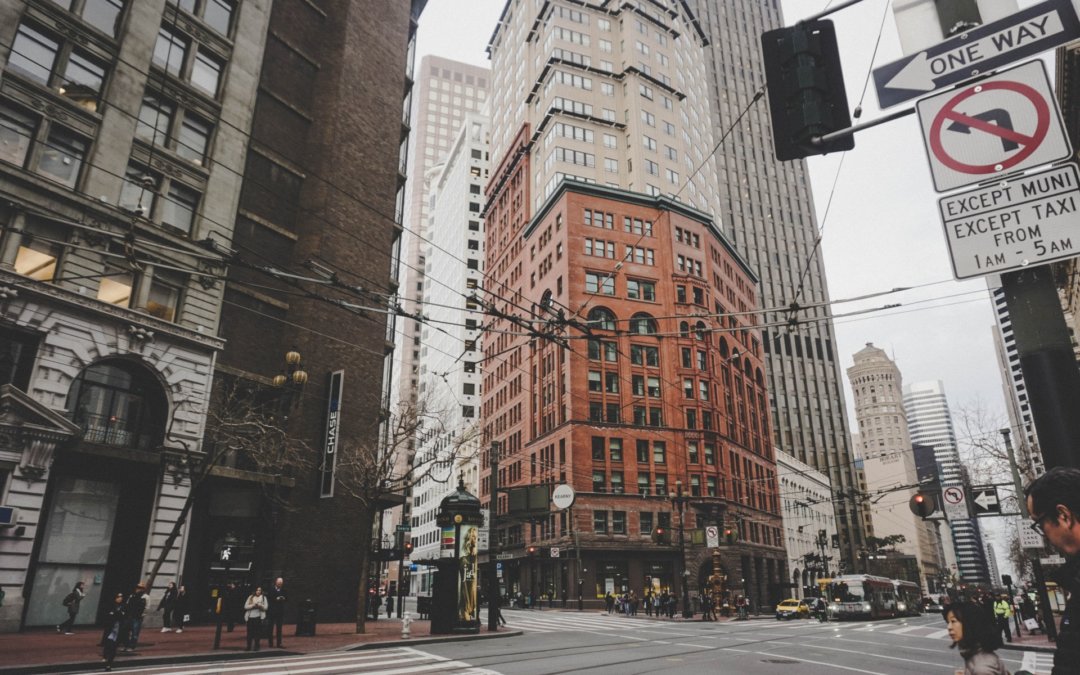
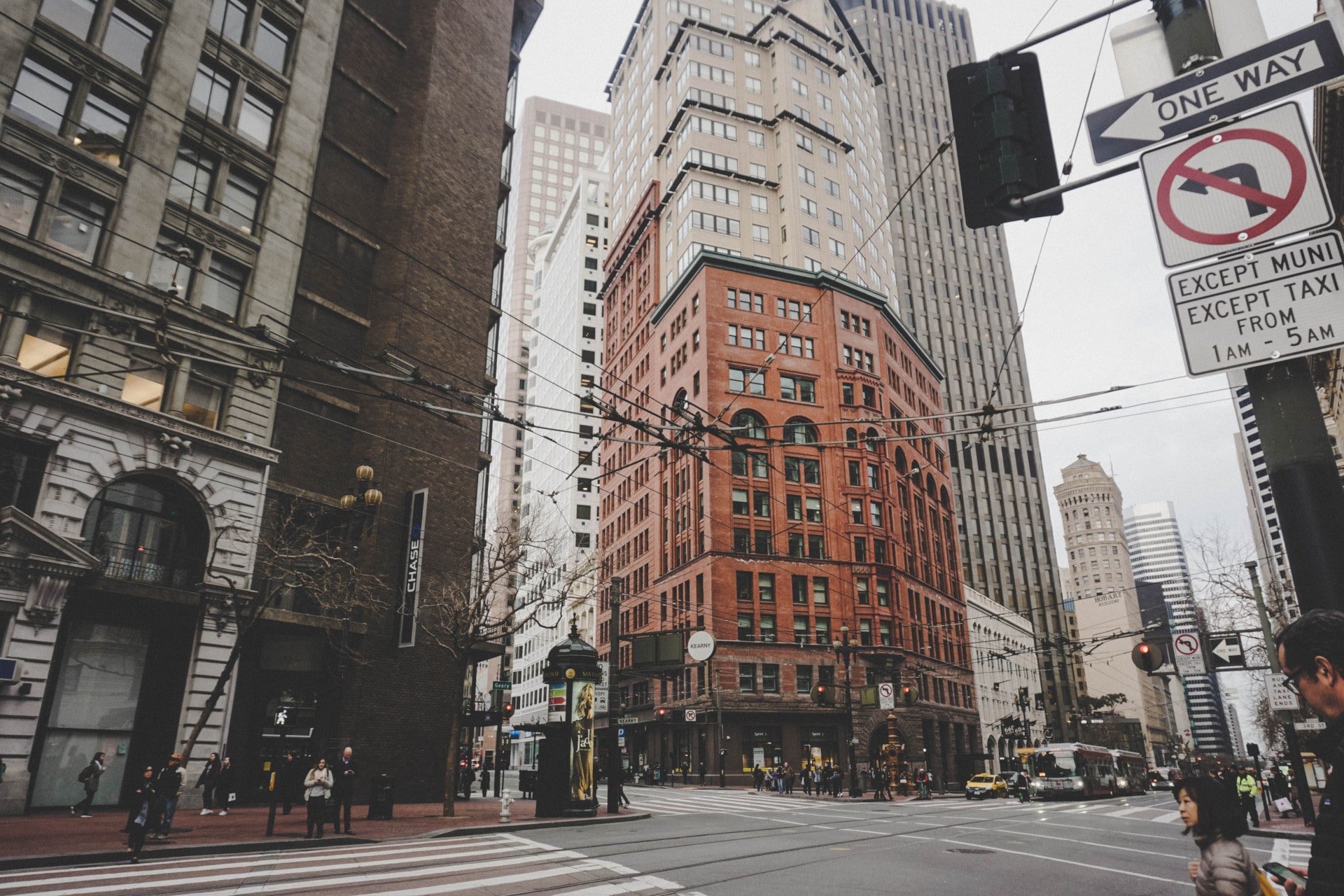
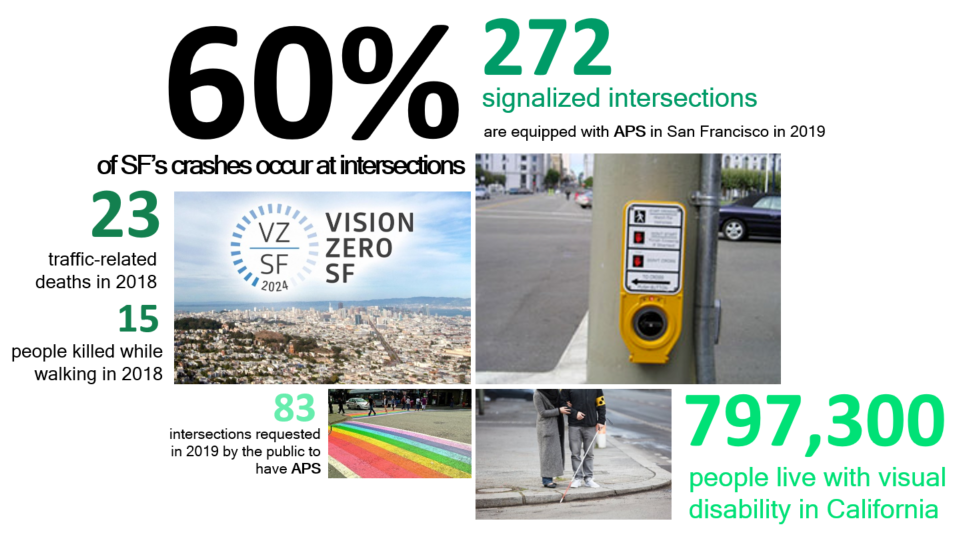

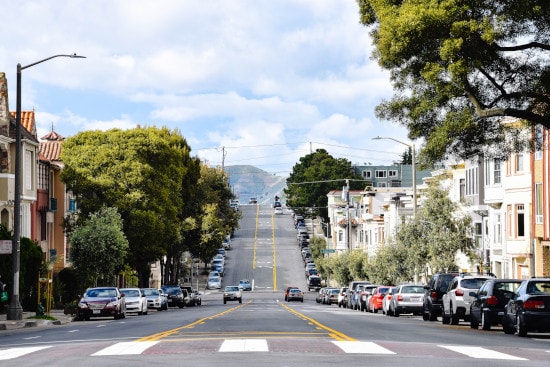


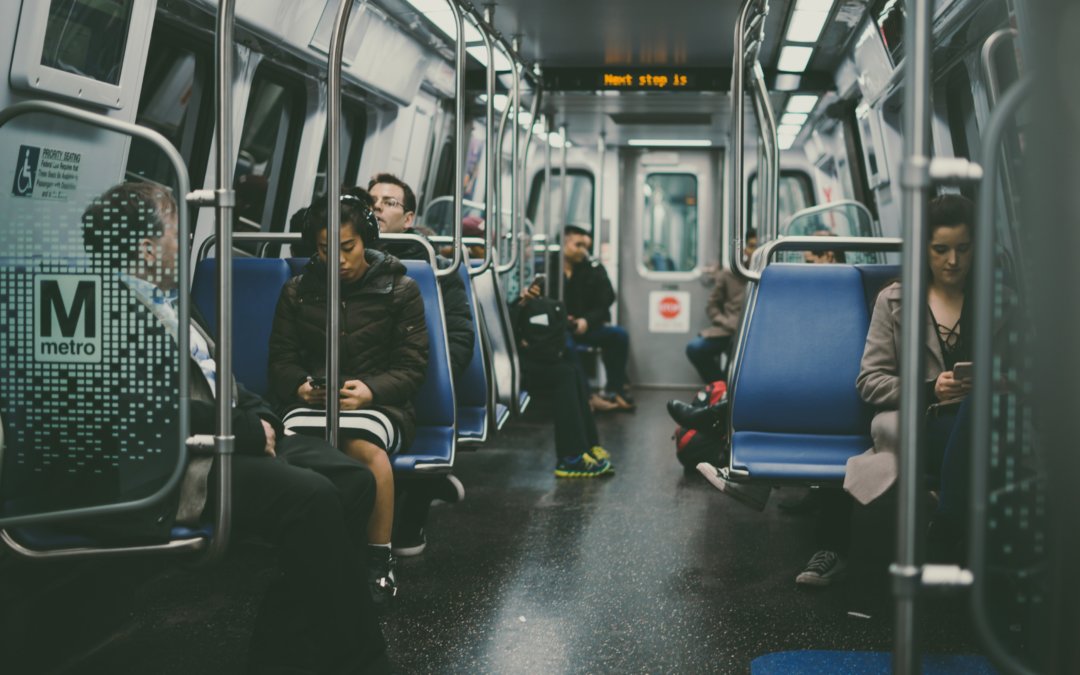
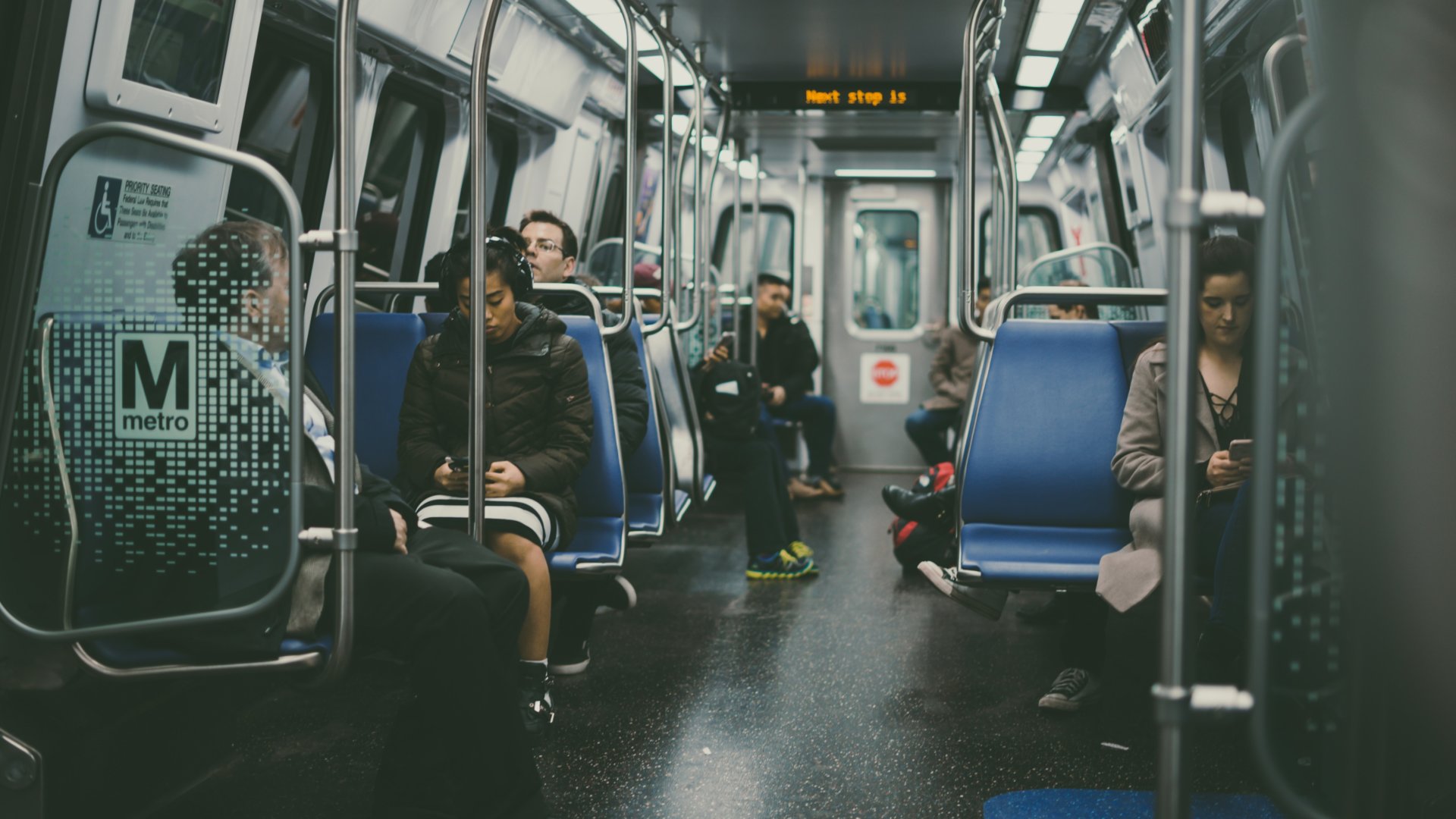
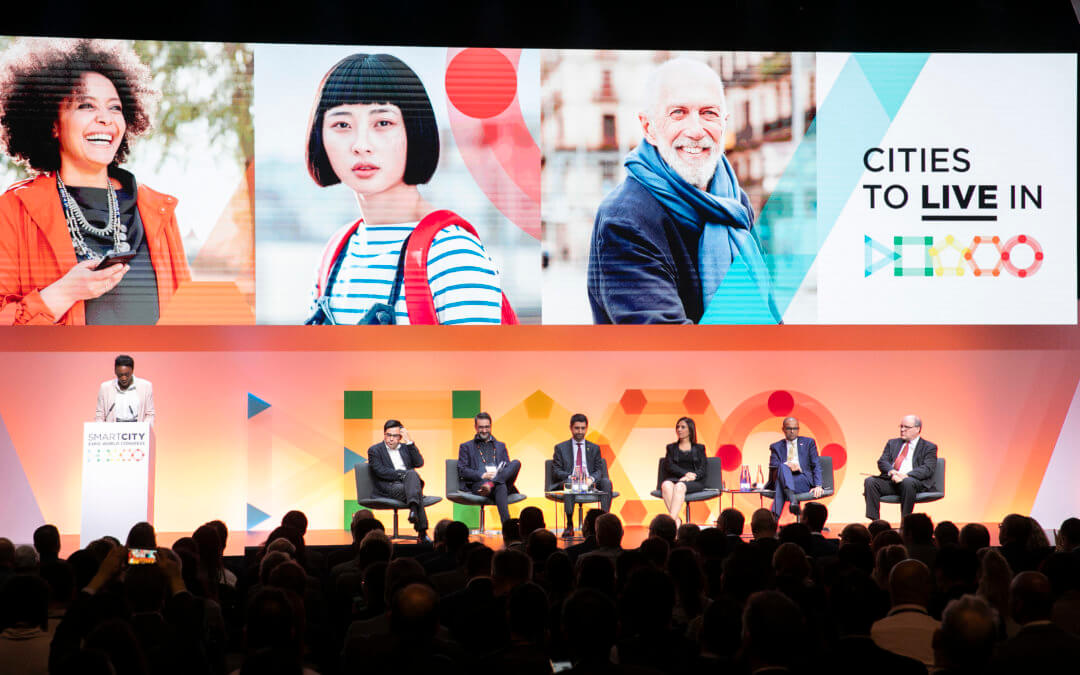
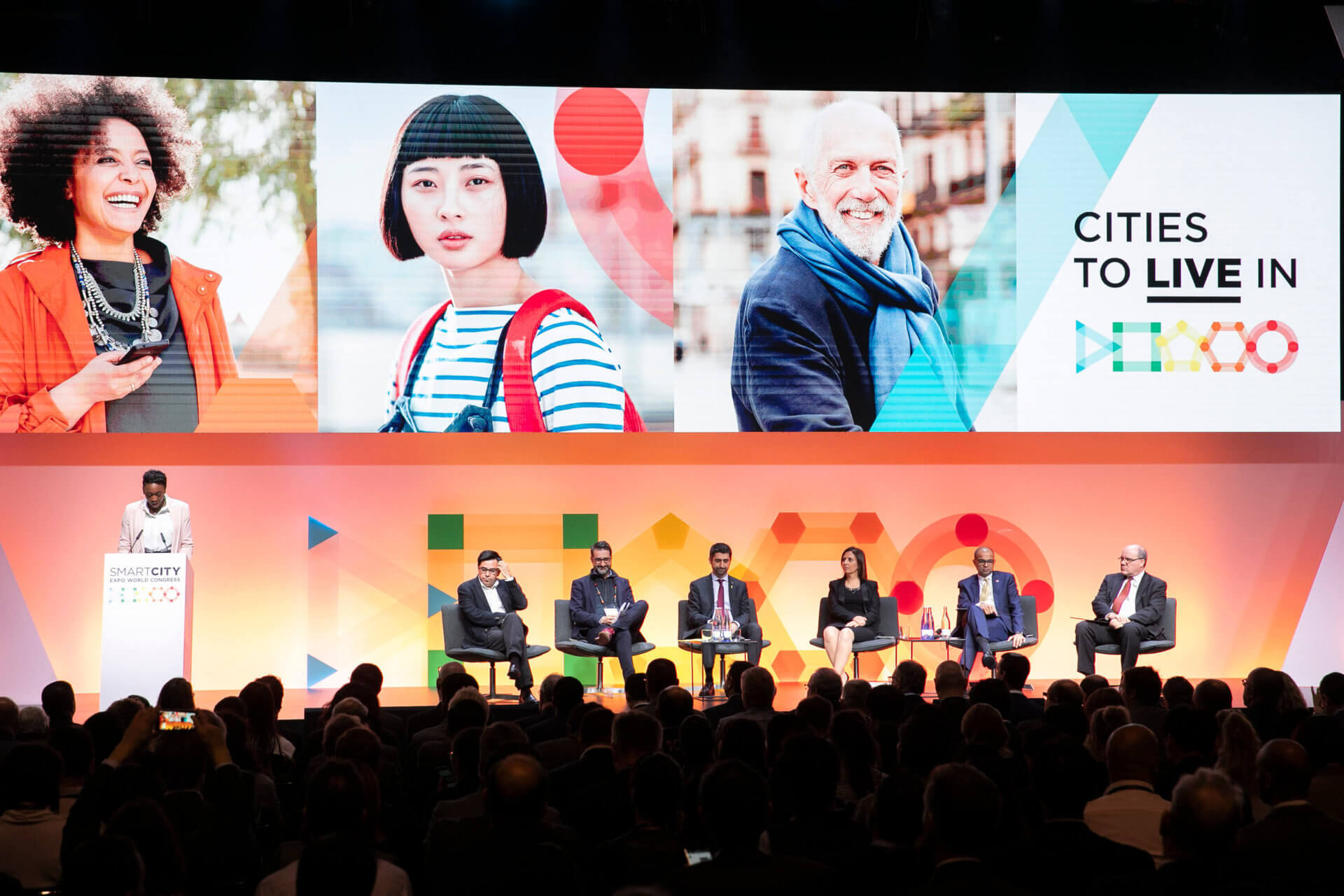
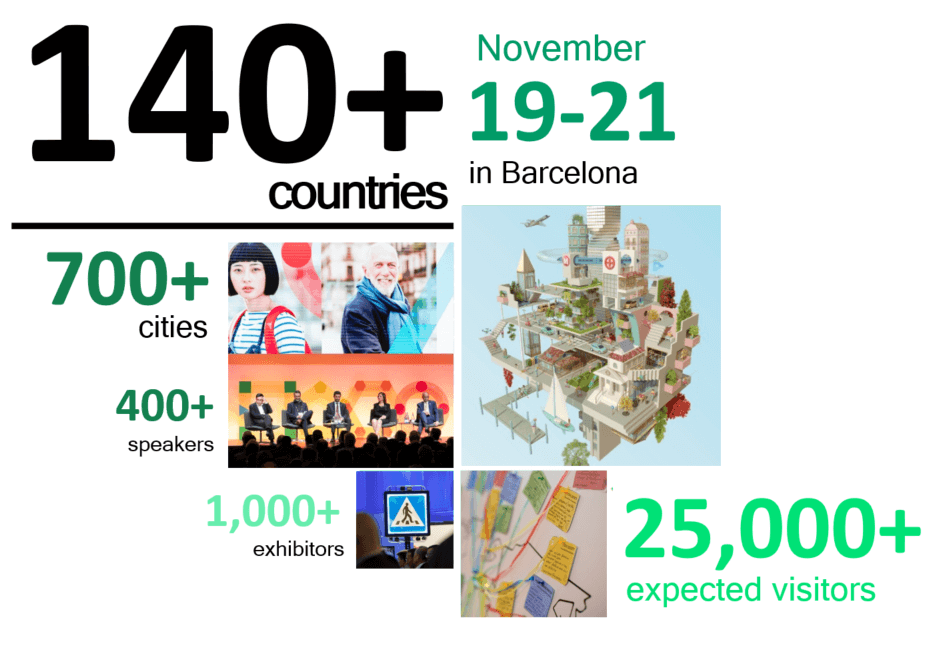
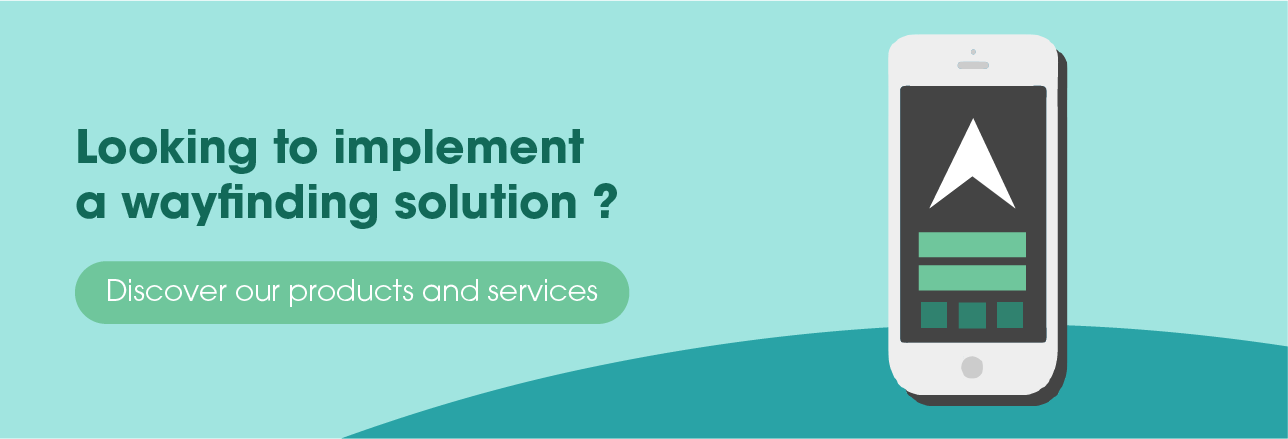
Recent Comments